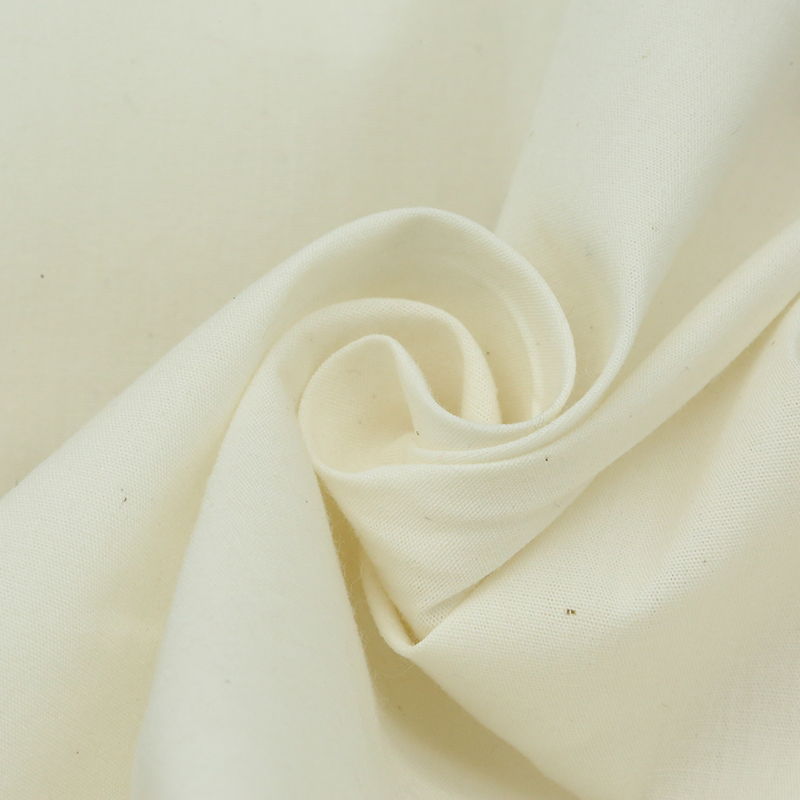Grey Muslin: Soft, Durable Fabric for Sewing & Backdrops
Grey Muslin is a key solution in the textile industry industry, specifically within Textile fabric production and Cotton fabric manufacturing. This article explores how Shijiazhuang Jiexiang Textile Co., Ltd. supports professionals with durable, high-performance products, and explains why this product is an ideal choice for businesses in these sectors.

Table of Contents
- Grey Muslin Overview
- Benefits & Use Cases of Grey Muslin in Cotton fabric manufacturing
- Cost, Maintenance & User Experience
- Sustainability & Market Trends in textile industry
- Conclusion on Grey Muslin from Shijiazhuang Jiexiang Textile Co., Ltd.
Grey Muslin Overview
Grey muslin (also called greige muslin) is an unbleached, undyed, plain-weave 100% cotton base cloth widely used across the textile value chain—from sampling and prototyping to dyeing, printing, and finishing. In cotton fabric manufacturing, this versatile substrate is valued for dimensional stability, balanced strength, and predictable processing behavior. Typical industrial configurations include plain-weave poplin constructions in ring-spun 20s/30s/40s yarn counts, 70–150 gsm weight bands, and common widths from 44" to 63"+, all optimized for downstream finishing. The even surface and controlled neps/knots make grey muslin fabric a repeatable, cost-efficient choice for converters.
- Relevance: a dependable greige canvas for garment sampling, pocketing, interlinings, quilt backings, printing bases, and industrial wiping.
- Technical snapshot (typical, customizable): yarn count 20s–40s; ends/picks engineered for poplin hand; tensile/tear balanced; RD-ready absorbency for consistent dye uptake.
- Manufacturer: Shijiazhuang Jiexiang Textile Co., Ltd. supplies consistent loom-state quality with strict AQL inspection, ensuring fewer defects and higher yield in downstream dye houses and print rooms.
Benefits & Use Cases of Grey Muslin in Cotton fabric manufacturing
In mill-to-market workflows, grey muslin accelerates development and controls risk. Pattern rooms rely on it for draping and fit validation; dye houses use it as a stable base for piece-dyeing, pigment printing, and discharge effects; and sewing lines convert it into pocketing, interlinings, and test lots. For heavier-duty programs, buyers often pair muslin with complementary bases such as grey cotton canvas or grey duck canvas fabric when higher abrasion resistance is needed. Branding teams can specify color programs—from dark grey cotton fabric to two-tone gray and white cotton fabric/grey and white cotton fabric—after initial trials verify shade build and fastness.
- Applications: garment sampling, pocketing/lining, quilting base cloth, print trials, photo backdrops, and industrial consumables.
- Advantages: low-nep surface, consistent greige shade, reliable absorbency, and repeatable shrinkage—leading to fewer batch reworks and higher right-first-time rates.
- Expertise: Shijiazhuang Jiexiang Textile Co., Ltd. offers optioned specs (gsm, widths, yarn counts) and related SKUs like grey cotton canvas fabric અને grey duck canvas to support tiered cost/quality requirements.
Cost, Maintenance & User Experience
For purchasing teams focused on total cost of ownership, grey muslin delivers measurable ROI. Its stable processing minimizes dye/print rejects, while consistent roll lengths and low defect rates reduce downtime in spreading and cutting. With a competitive cotton grey fabric rate, mills and brands gain predictable costing across seasons. Typical handling/maintenance is straightforward: store rolls dry and covered; pre-wash or heat-set per program to control shrinkage; and follow standard cotton care in downstream consumer products. Feedback from converters highlights improved yield and faster approvals when switching to uniform muslin bases versus mixed greige sources.
- ROI drivers: fewer quality holds, cleaner print definition, reduced mending, and stronger tensile/tear for sewing efficiency.
- User insights: B2B clients report smoother shade build in dark grey cotton programs and consistent hand feel across repeats—key to brand standards and bulk reproducibility.
Sustainability & Market Trends in textile industry
Global buyers increasingly align greige sourcing with sustainability frameworks. Forward-looking suppliers prioritize cotton traceability, responsible farming schemes, and chemical compliance (e.g., OEKO-TEX, ZDHC, REACH-aligned processing). Grey Muslin supports circularity by providing a clean, mono-material base that’s easy to dye/finish with lower add-on chemistry when specified correctly. Shijiazhuang Jiexiang Textile Co., Ltd. invests in tight quality controls, efficient weaving, and optimized preparation to reduce waste and energy per meter. The market is also seeing expanded demand for responsibly made muslin alongside adjacent categories—such as heavier grey cotton canvas અને grey duck canvas fabric—as brands consolidate vendors for agility and compliance.
- Trends: traceable cotton inputs, water/energy reduction in pretreatment, and standardized specs for faster lab-to-bulk transitions.
- Positioning: Shijiazhuang Jiexiang Textile Co., Ltd. partners with B2B clients to engineer spec-fit greige, enabling consistent eco-performance once dyed or printed.
Conclusion on Grey Muslin from Shijiazhuang Jiexiang Textile Co., Ltd.
Grey Muslin remains a foundational material for textile industry professionals—reliable in Textile fabric production and indispensable in Cotton fabric manufacturing. By pairing stable construction with consistent greige quality, it streamlines development, reduces risk, and protects margins. Shijiazhuang Jiexiang Textile Co., Ltd. delivers this value at scale, complemented by adjacent options like grey cotton canvas fabric and curated shade programs from dark grey cotton fabric to two-tone grey and white cotton fabric. Contact us: email: jxfabrics04@jiexiangtextile.com — Visit our website: https://www.jiexiangtextile.com
-
Hot Sale 180D CEY Crepe AirFlow Woven Fabric 100% PolyesterસમાચારNov.14,2025
-
Twill TR Fabric for Elastic Suits & Trousers, ShrinkproofસમાચારNov.14,2025
-
Grey Muslin Fabric — Soft, Durable, Bulk & Custom SizesસમાચારNov.14,2025
-
CEY Crepe Fabric, Plain Woven Airflow Polyester TextileસમાચારNov.14,2025
-
Wholesale Custom TR Fabric 80/20 Soft Arabic Thobe FabricસમાચારNov.14,2025
-
Polyester Cloth - Durable, Wrinkle-Resistant, Factory DirectસમાચારNov.05,2025
-
TR 80/20 Poly Viscose Twill Thobe & Suiting Fabric Easy-CareસમાચારNov.05,2025











